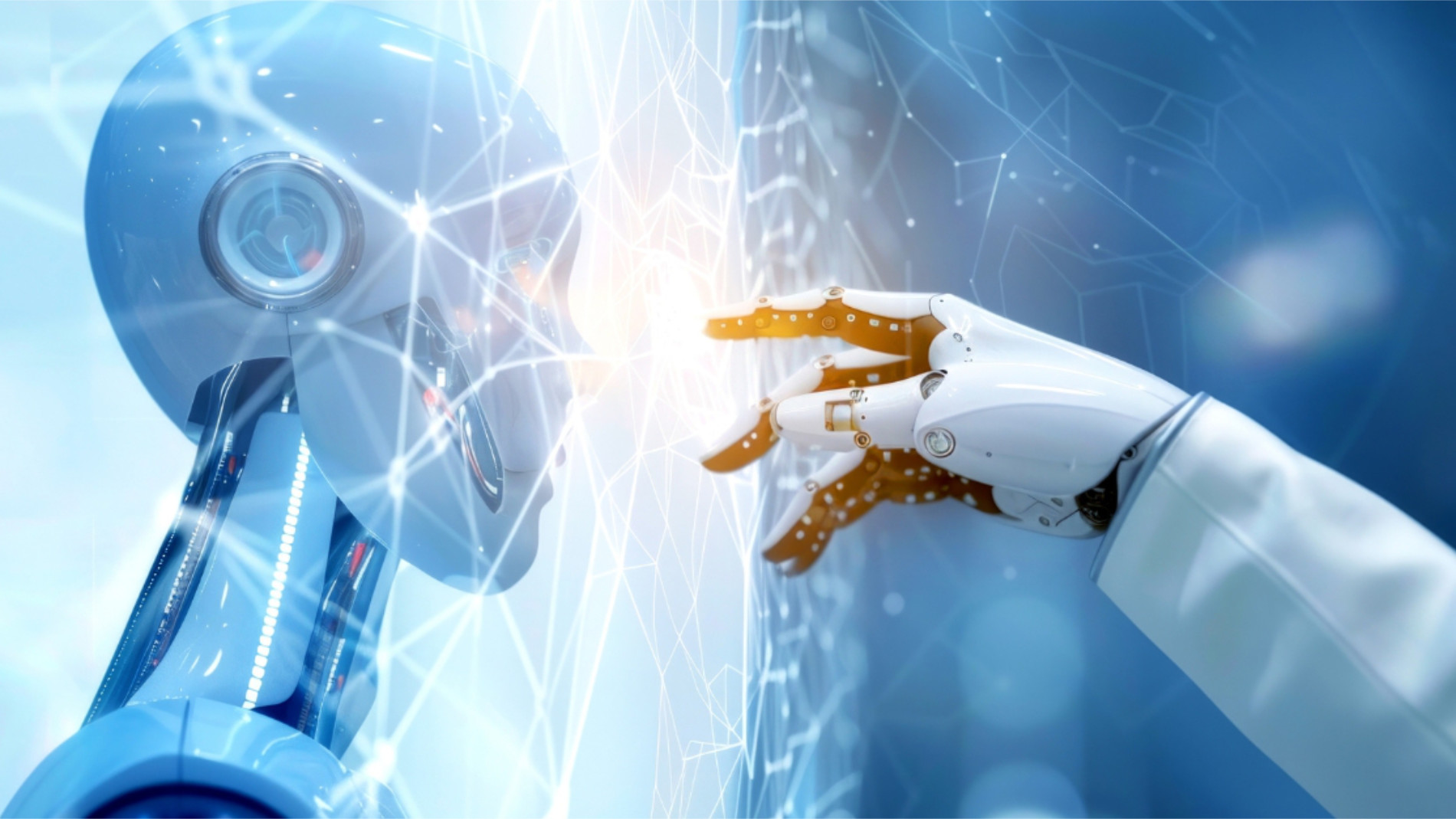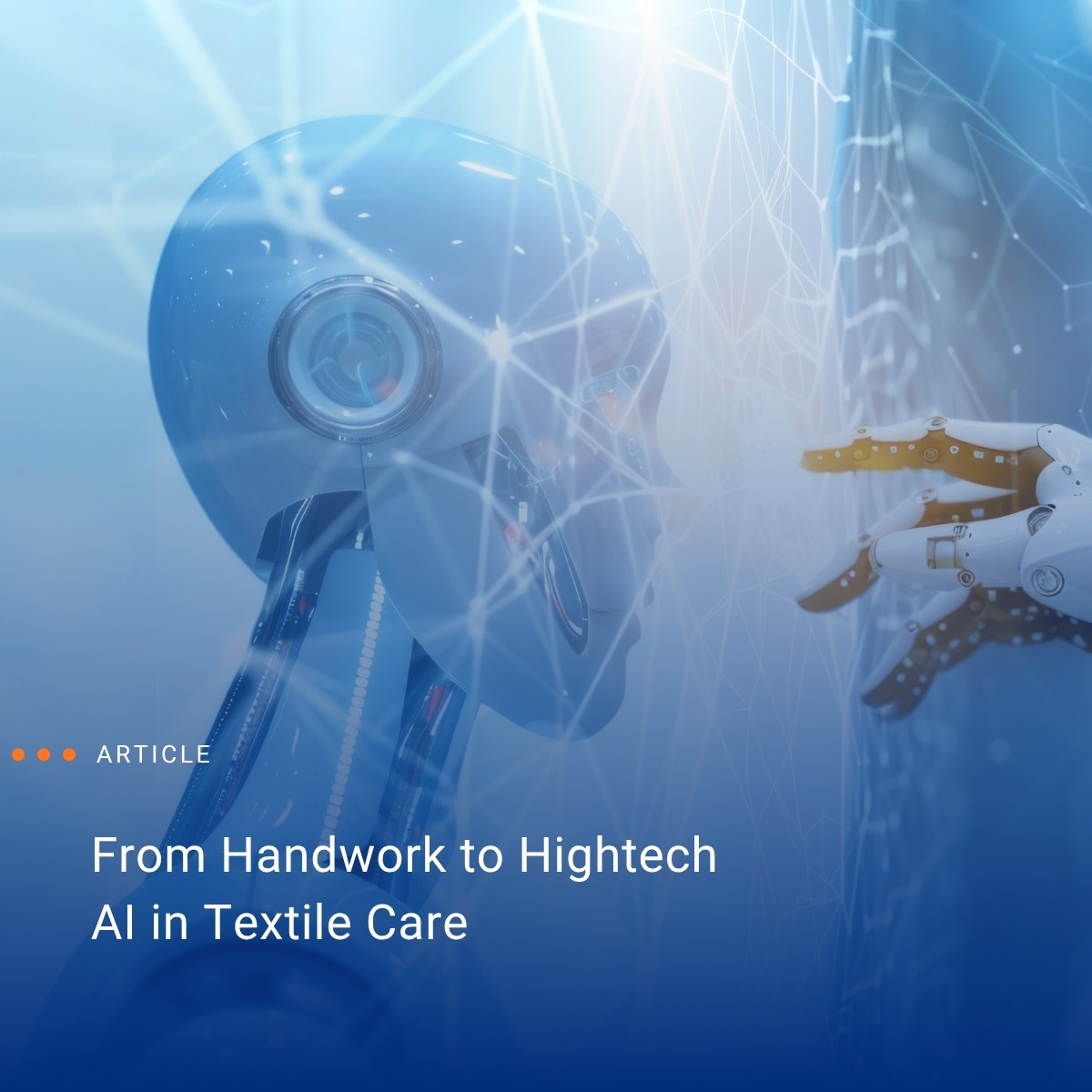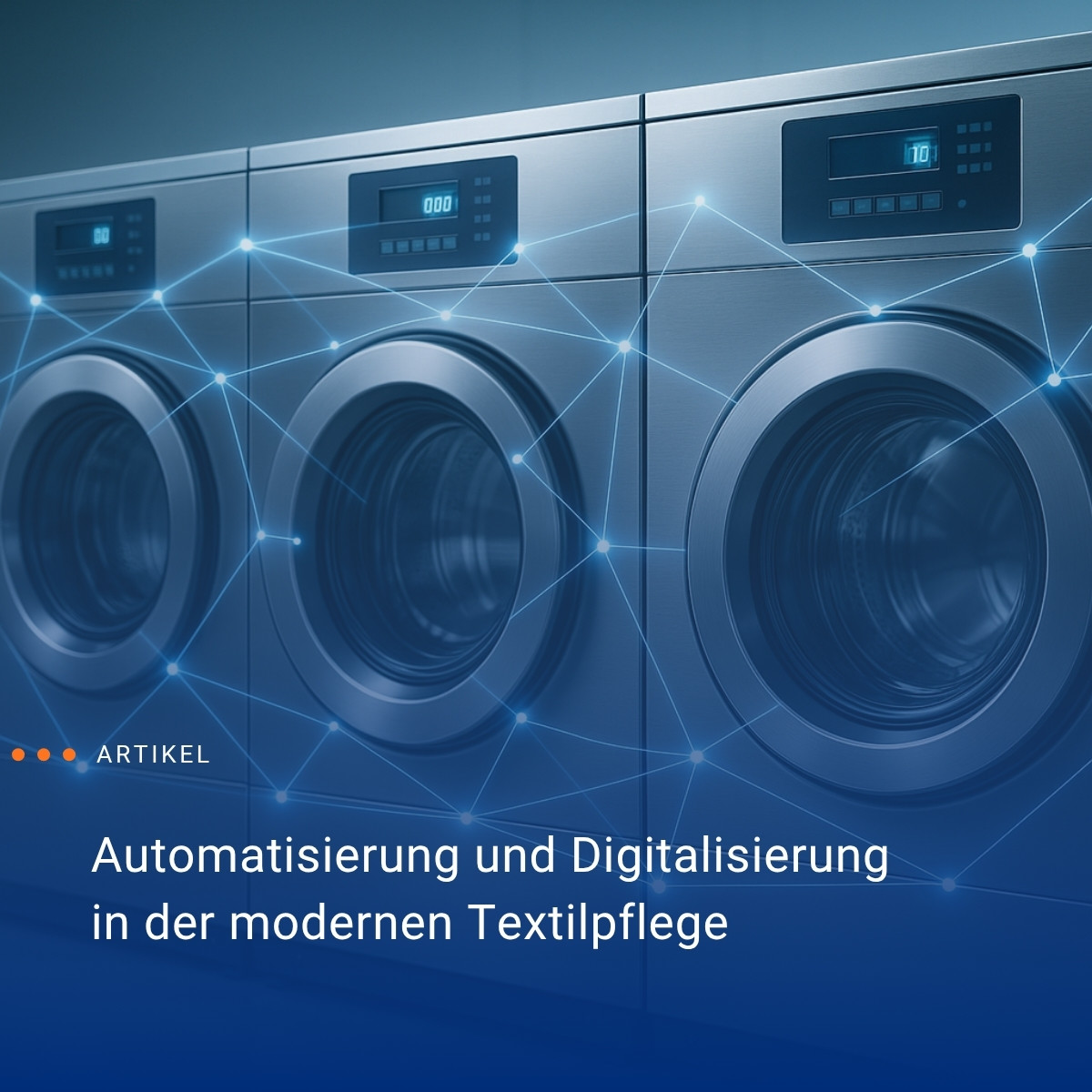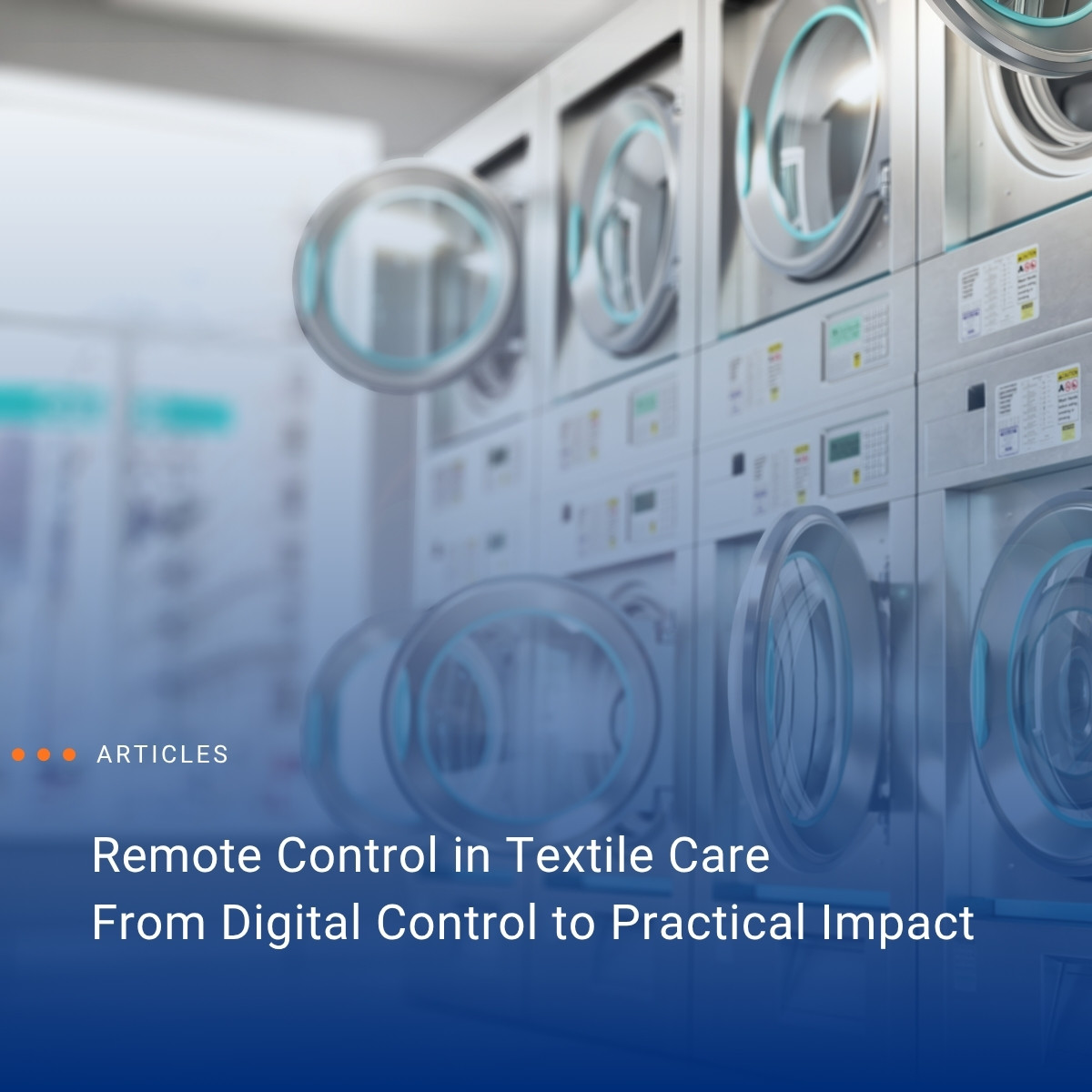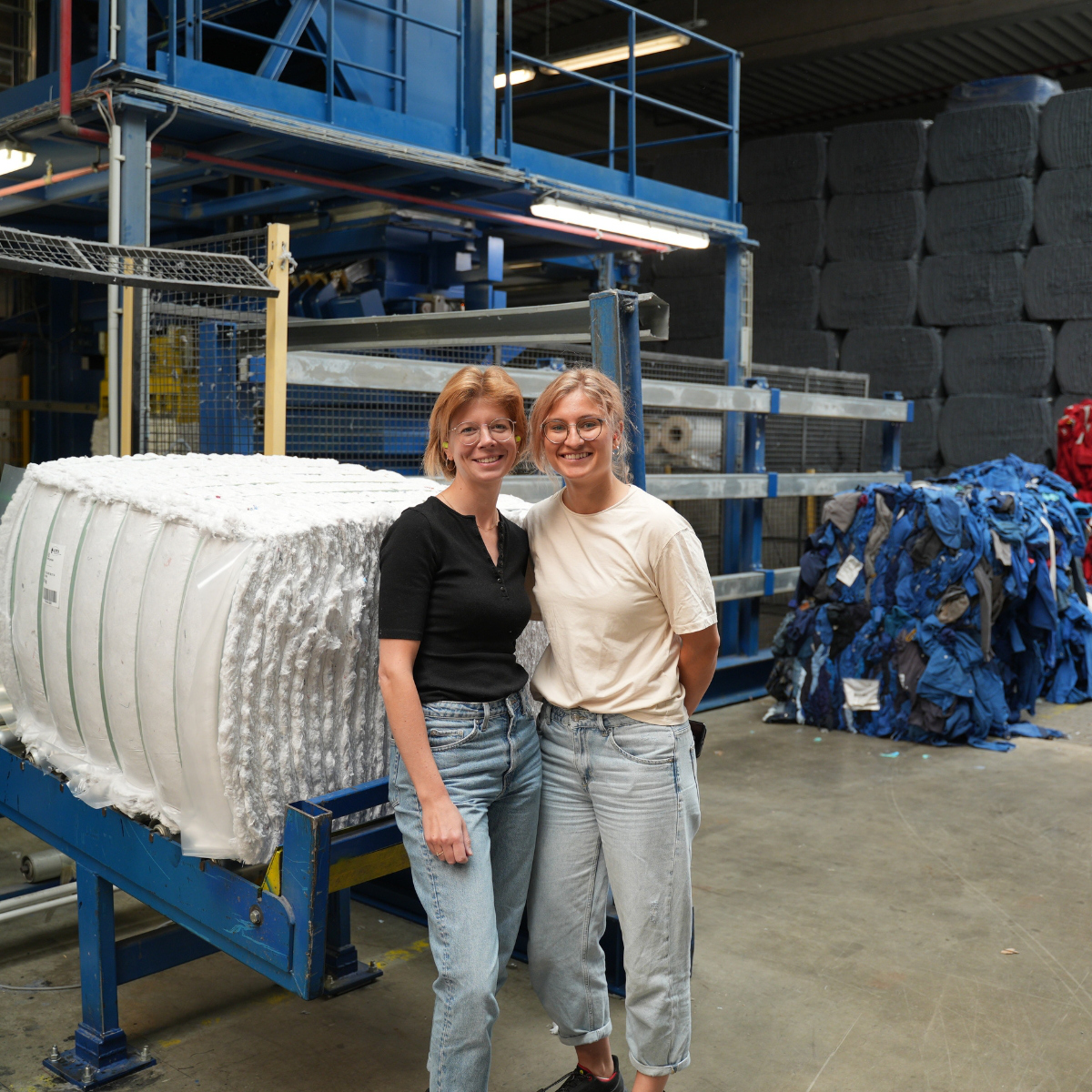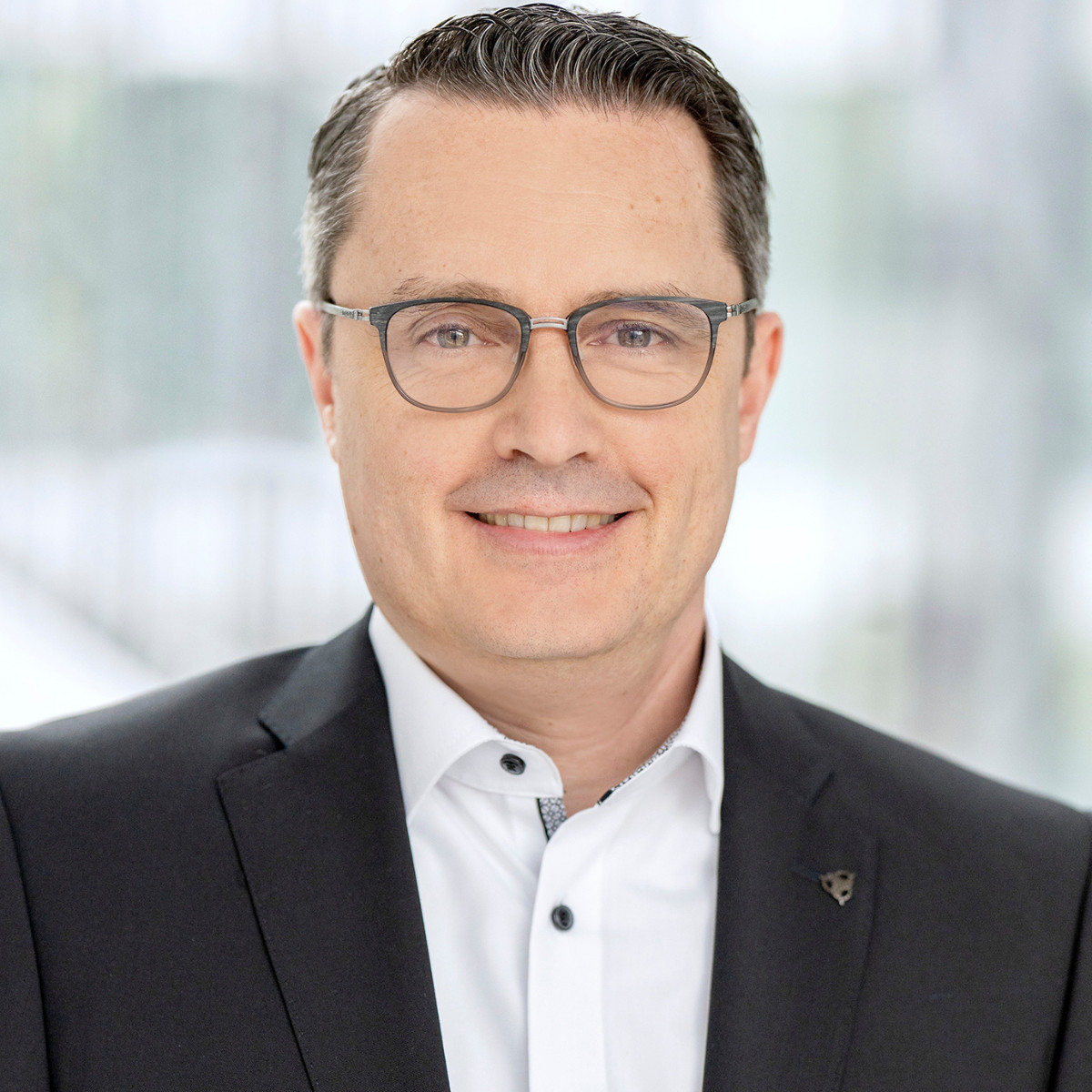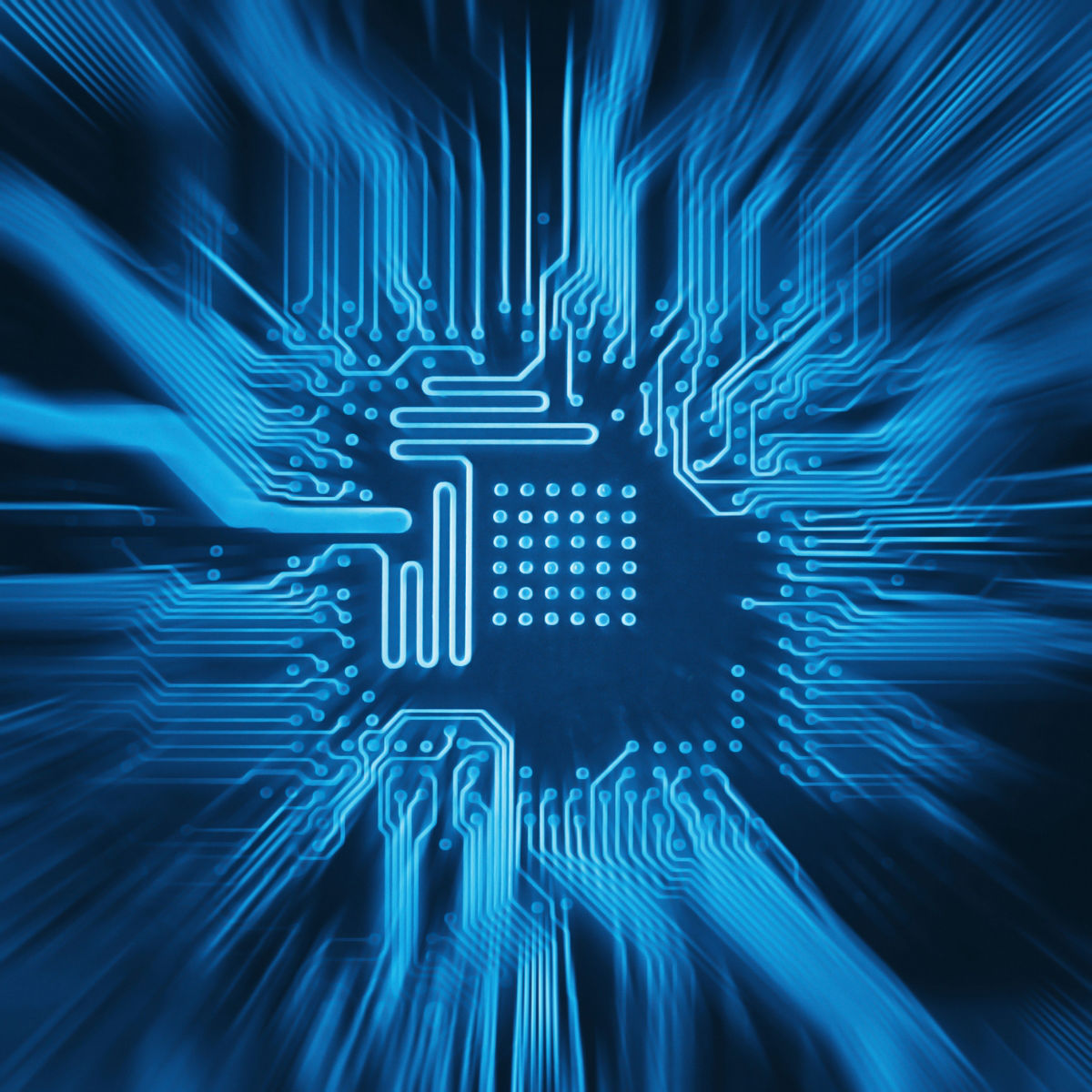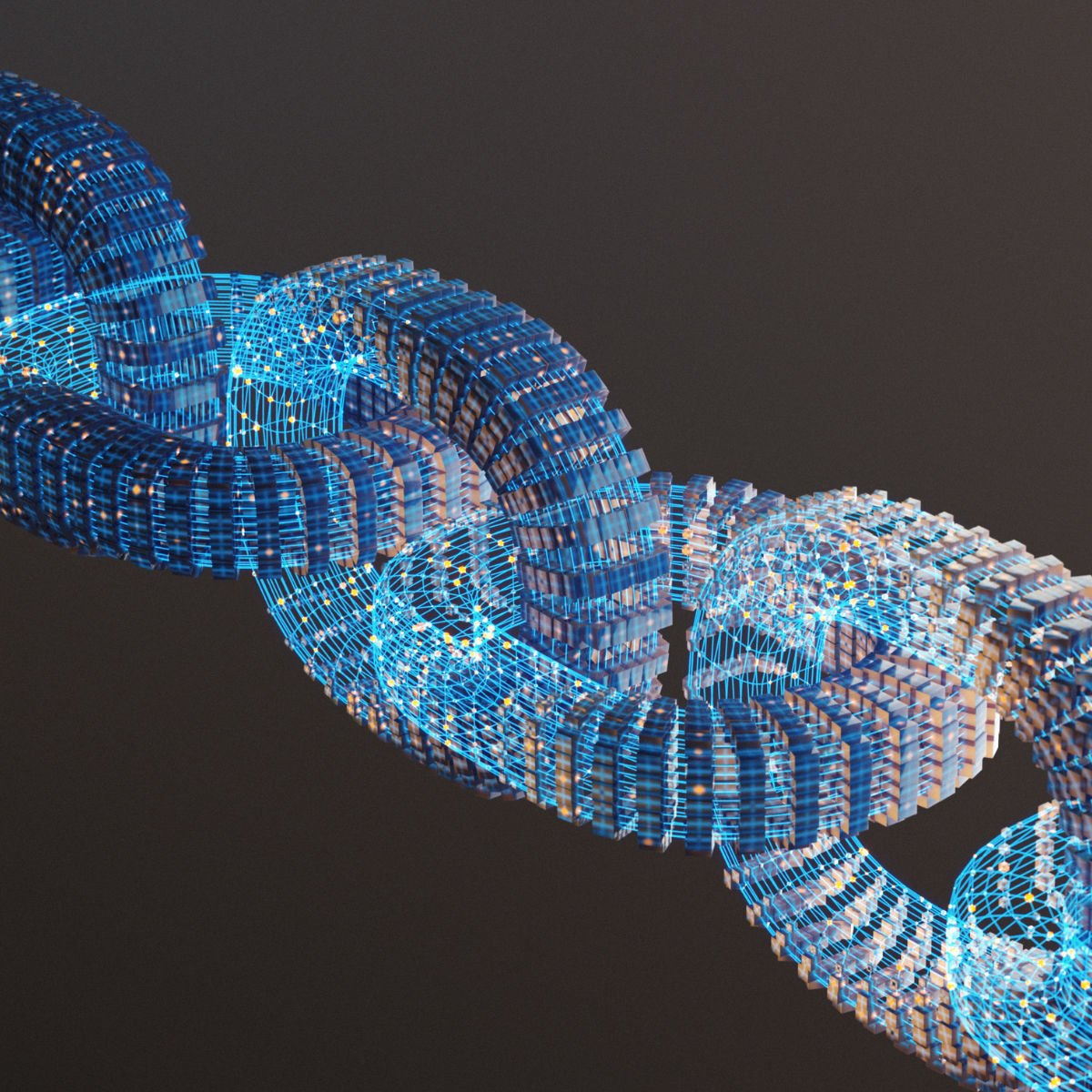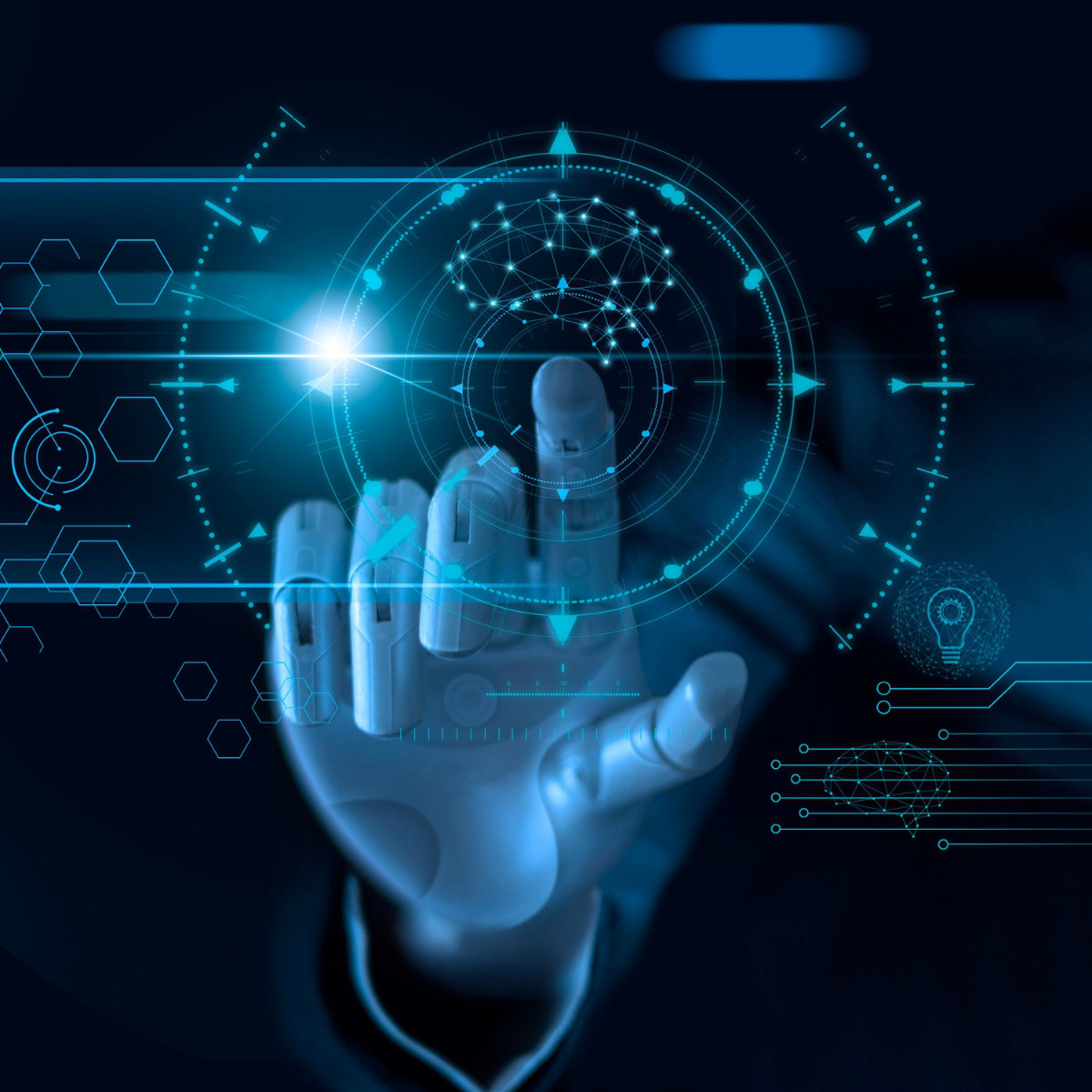Reading time: 4 minutes
In September 2023, a nearly fully automated hospital laundry went into operation in Elsloo, the Netherlands. Is this what the future of textile care looks like? Dr Thomas Neyers, Head of Staff Unit Coordination at Alsco in Cologne, President of the European Textile Service Association (ETSA, Brussels), and board member of the German Textile Cleaning Association (DTV, Bonn), shares his perspective.
Dr Neyers, what can AI and digitalization actually achieve in a laundry setting? Where are the current limits?
Dr Thomas Neyers: Digitalization in our industry has two facets. On one hand, it covers data processing – efficiently managing all the information surrounding a textile, including storage, procurement, logistics, and customer allocation. On the other hand, it includes the automation of manual steps in the treatment process. This can be implemented through tailored software using logic-based decision trees or via robotics. In all of these areas, AI can help us make a real leap forward into the future.
What other components are crucial for automation?
Dr Thomas Neyers: Sensor technology plays a key role. Thanks to cameras, pressure sensors, and RFID readers, tasks like pressing a pair of overalls can now be fully automated – with the same speed and precision as an experienced worker. The same applies to quality control, where textiles are inspected for defects using camera systems. However, the complex interaction between sensors and the mechanical support units – i.e., the robots – is a major challenge. AI can make a critical contribution at this interface.
Do robots, AI, and increasing automation make employees feel uneasy?
Dr Thomas Neyers: Reactions to AI are mixed. Digital natives – today’s younger generation – have no fear of contact. They use AI intuitively and appreciate the added value. It’s exactly this openness that will drive the development of AI-powered processes forward and lead to further improvements in the laundry sector.
What hurdles do laundries face when implementing digital technologies?
Dr Thomas Neyers: A key limitation is the physical space available – facilities can't easily be expanded. However, advances in chip and computing technology are delivering higher performance, better interfaces, and ways to integrate digital tools into existing systems. Another significant barrier is cost – especially for the necessary hardware, IT security, and data protection. But these should be seen as the price of progress. In my view, investment in automation and modern IT systems is non-negotiable. Those who fail to adapt will pay the price sooner or later.
Where else in a laundry operation do you see potential for AI and automation?
Dr Thomas Neyers: Mechanical automation has long been a key topic in our industry, so most laundry departments already have solutions for automating processes or controlling them intelligently. Until recently, such investments always had to pass a cost-benefit analysis. But with labour shortages and rising personnel costs, the situation has changed. Decisions are increasingly favouring technology. I see the greatest potential in areas where large volumes of standardized textile items are processed. If we can make those processes more efficient and productive using robotics and intelligent sensors, it will mark the next major step forward for laundries.
Are expectations around AI and digitalization perhaps too high in the industry? What tends to be over- or underestimated?
Dr Thomas Neyers: In my view, we’re still in the early stages when it comes to AI and modern robotics in textile care. There’s no shared vision yet for how these new technologies will transform the industry. That said, major machine manufacturers and smaller start-ups alike are already outlining scenarios based on current capabilities and potentials.
If you were to build a brand-new laundry facility from scratch, how much automation and digitalization would you include? What developments would you need to plan for – and how would you factor them in?
Dr Thomas Neyers: That’s not something you should ask a scientist – especially since we haven’t yet defined the full potential or expectations for the future, and the necessary technologies don’t yet exist. But in principle, I’d apply the “maximum principle” – choosing technologies that at least meet the current state of the art, and ideally are already available as beta-use products. Space planning is also essential: 3D robotics-based automation requires enough room to ensure safe and efficient operation. And finally, robust digital connectivity is crucial. A secure data infrastructure must ensure that all required information is always available.
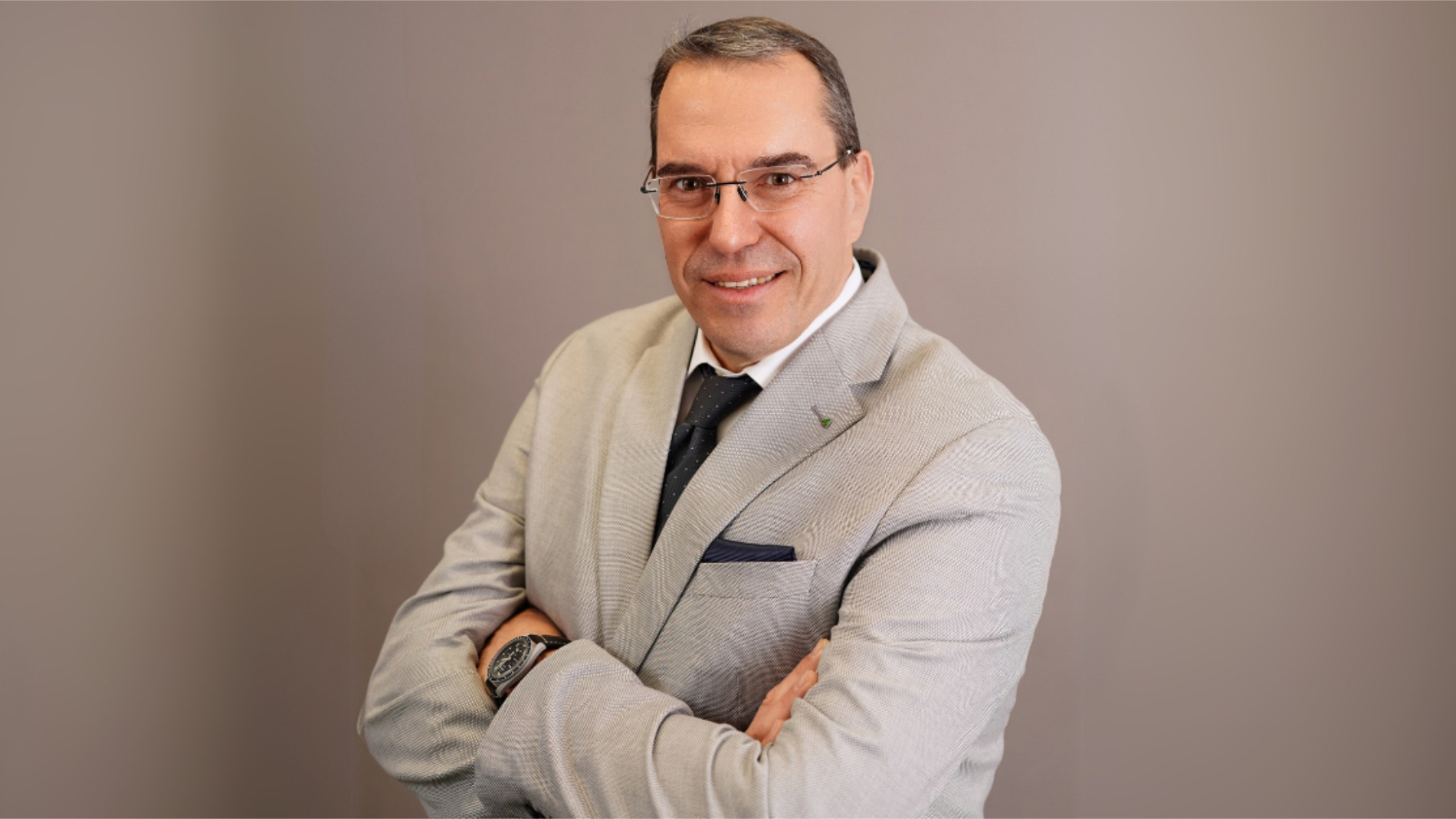
Dr Thomas Neyers studied chemistry at RWTH Aachen University and earned his doctorate at the DWI Leibniz Institute for Interactive Materials in Aachen. He began his career in the textile service industry in 1998 as a research associate at the WFK Institute in Krefeld. Since 2001, he has held various operational and strategic leadership roles at Alsco, an international textile services provider headquartered in Cologne. He also serves on a voluntary basis as President of the European Textile Service Association (ETSA, Brussels) and as a board member of the German Textile Cleaning Association (DTV, Bonn).
